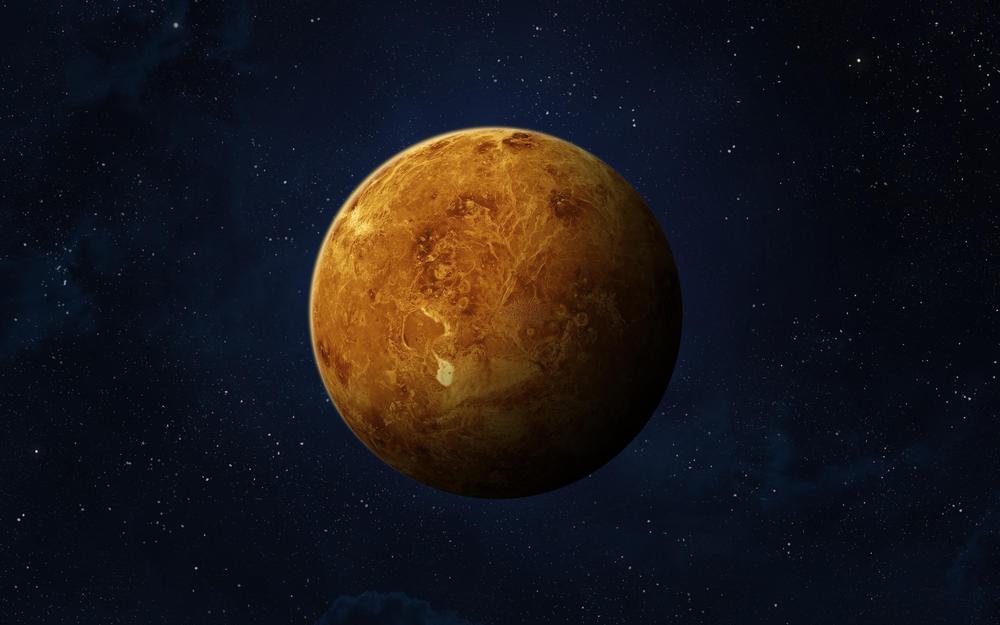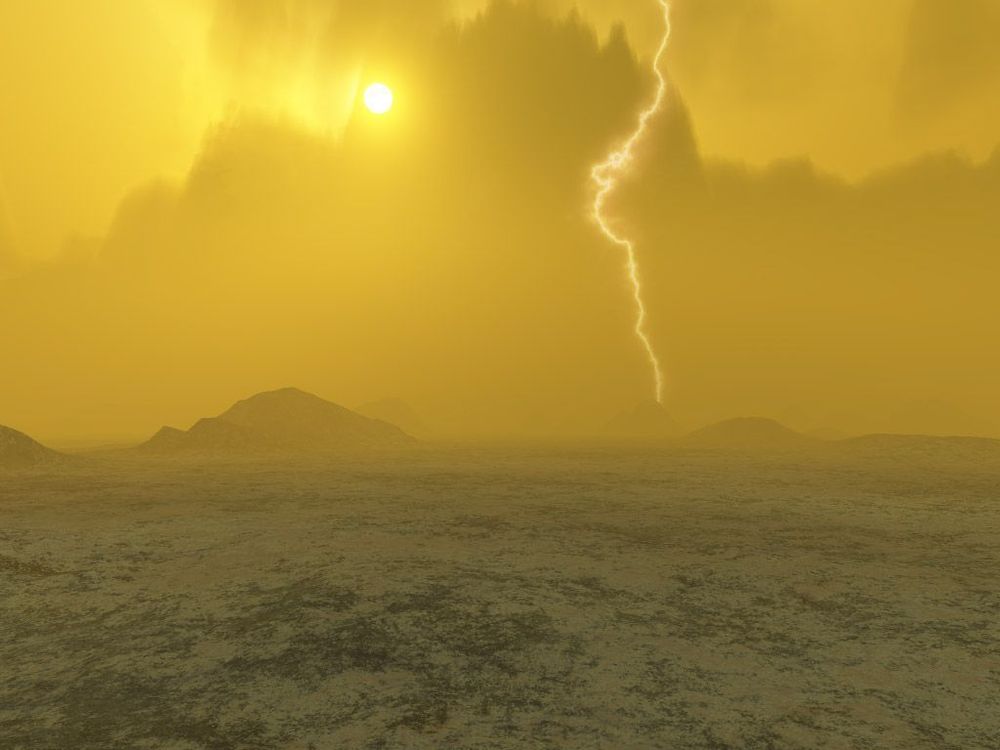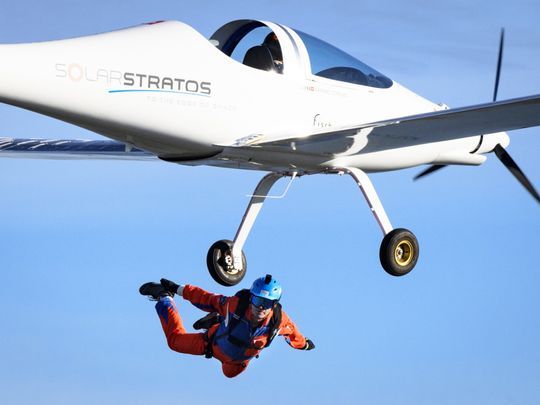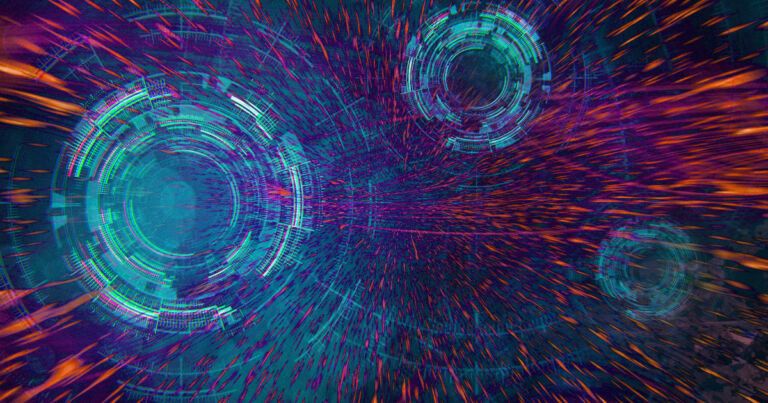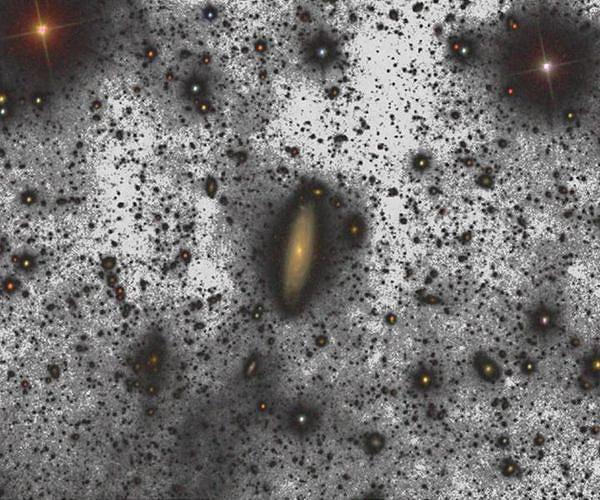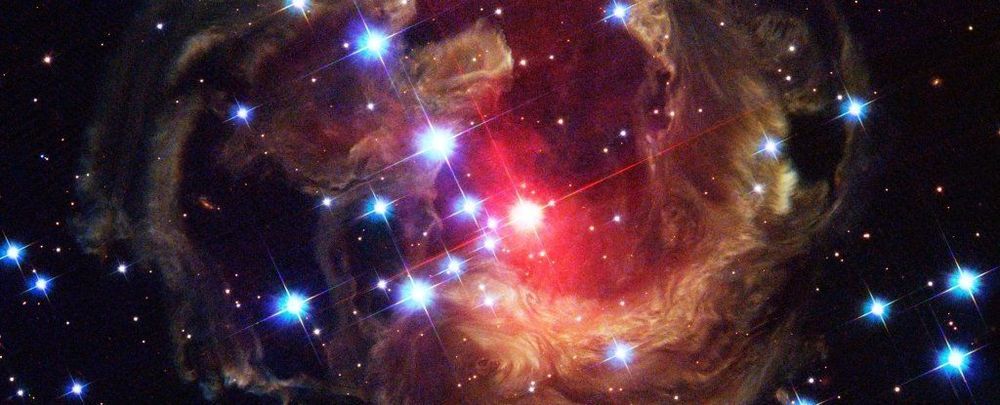This week, astronomers have detected phosphine on Venus- an element that is often associated with living processes here on Earth. As such, in this video, we will talk about how strong of evidence this is for life on Venus and what this means for humanity.
Discord Link: https://discord.gg/brYJDEr
Patreon link: https://www.patreon.com/TheFuturistTom
Please follow our instagram at: https://www.instagram.com/the_futurist_tom
For business inquires, please contact [email protected]
